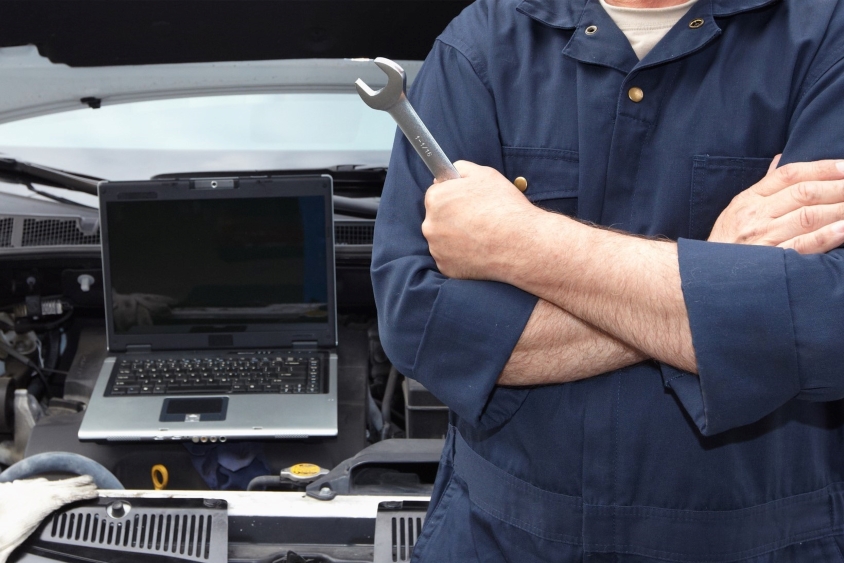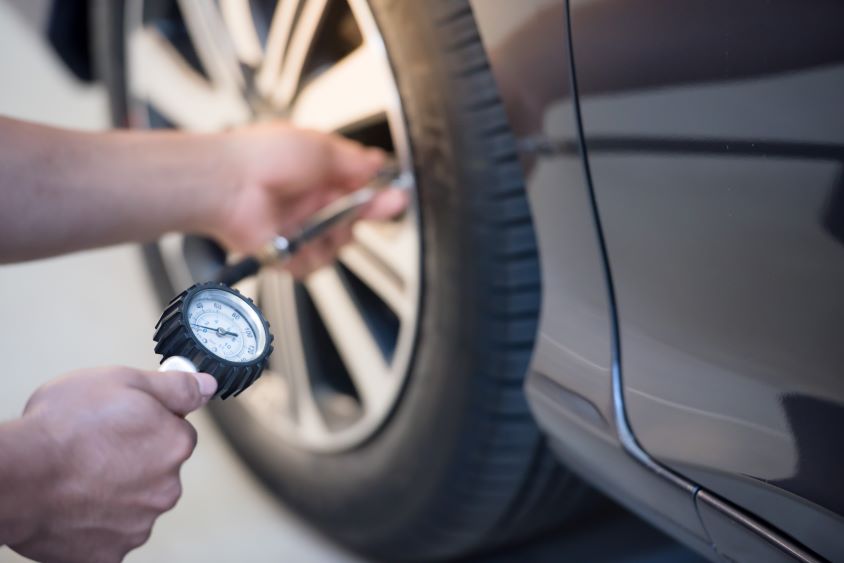The service history of your vehicle is one of the most important documents that you need to keep up to date. It provides an accurate record of the type of repairs needed on your car and when this work was carried out.
Ensuring you have a full service record is therefore paramount if you want peace of mind that your car is in the best condition possible. It is also a crucial check to undertake when buying a used car.
On that basis, there are a few key areas to get right within service history, including:
- What to record and how
- How to find a car’s service history
- What to do if service history records are incomplete
What is a car service history?
A car’s service history is quite simply a record of its maintenance and repair work over time. When you buy a new car, it should come with a service book that clearly marks out the date upon which its first service was conducted and the mileage of the car at the time.
This service book is typically preserved throughout a car’s lifespan and passed from owner to owner upon resale. Consequently, there should be a consistent record of a car’s maintenance history available to all car owners that can be used to gauge its general condition.
That said, there are sometimes gaps in service history that could cause issues for car owners, but let’s first look at how to find a car’s service history before exploring ways to fill these gaps.
Easy steps to find your service history
The first step to uncover any missing service history and to help fill in gaps is to contact the vehicle’s manufacturer and ask them to tell you anything they know about its history via its unique VIN number. This can be found inside the bodywork of your vehicle, usually the door bay and engine compartment.
The manufacturer should then be able to tell you the dealership from which the vehicle was originally purchased and you can then contact them directly. In many cases, dealerships will either maintain the full records themselves or be able to put you in touch with the garage where the vehicle was regularly serviced.
Checking MOT service history
You can also find out the full MOT history of a vehicle by visiting the official website of the DVLA and inputting the car’s registration number. This also allows you to see any gaps in the history of the car, or if it was ever reported damaged or stolen.
A full service history is absolutely essential
If you ever come to sell your car, a full service history is essential in order to instil confidence among buyers. At the same time, a full history highlights the fact that all necessary repairs have been carried out on the vehicle to ensure it remains roadworthy and fit for use.
What we mean by ‘full service history’, is a clear record of invoices, receipts, dates and exact descriptions of the work carried out. It simply isn’t good enough to stamp a service book without including other essential information, and could be a huge red flag to buyers when you’re looking to sell a car second-hand.
Keeping your car fully serviced will also help to reduce the likelihood of being involved in a breakdown, so to have the documents that show you’ve been a vigilant owner will help to give much greater peace of mind to anyone interested in making a purchase.
How can Fuel Card services help?
Our MyService.Expert service can give operators and drivers within a commercial fleet access to a nationwide network of garages where professional mechanics are always on hand to assess the state of your vehicle and to carry out any repairs that are required.
What’s more, using the service grants you access to pre-negotiated maintenance rates, meaning you could get a great discount on the labour. To elaborate on just how great these discounts can be, we offer up to 25 per cent off all parts and labour, meaning you can make substantial savings when signing up with us.





